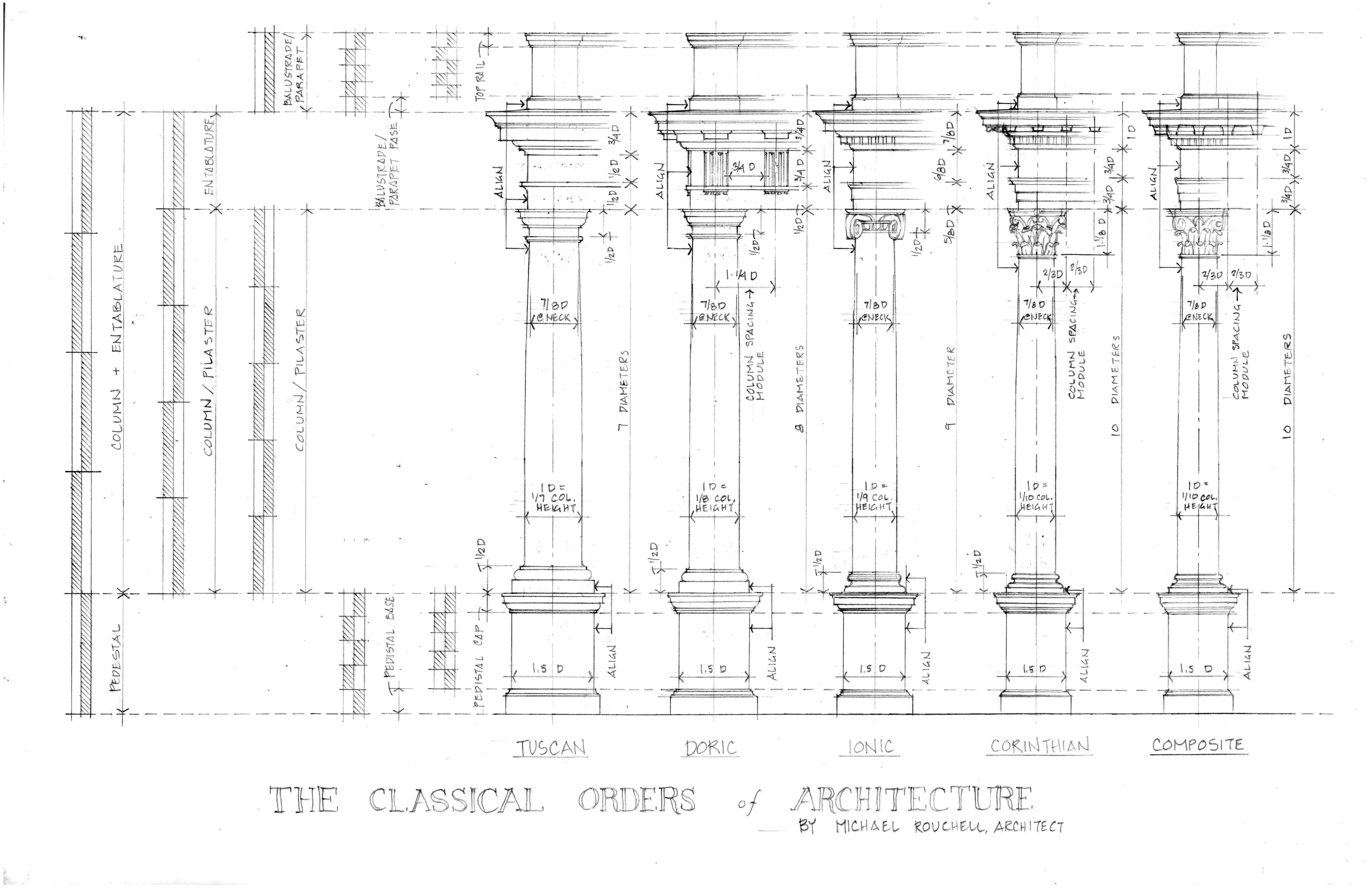Steve Maskery
Established Member
When I was a kid, mum and dad bought a house, dated 1901, that had wainscotting. It was painted in some sort of sticky brown stuff and was generally unattractive for the day , the day being 1966.
I now live in a house of a very similar age. All the original period stuff has long gone but I'm trying to make the lounge area a bit more true to its day, and so one of the things I am considering is wainscotting. I'd like to do it all in oak, but I think that would be prohibitive, oak-flavoured poplar is more to my budget, I fear.
So I have two questions.
Is there a standard height for the top of the wainscotting from the floor, and what oak-flavoured product would you recommend to give me a suitable colour without obliterating the grain of the wood?
I think there is about 10 linear metres to do.
Many thanks
Steve
I now live in a house of a very similar age. All the original period stuff has long gone but I'm trying to make the lounge area a bit more true to its day, and so one of the things I am considering is wainscotting. I'd like to do it all in oak, but I think that would be prohibitive, oak-flavoured poplar is more to my budget, I fear.
So I have two questions.
Is there a standard height for the top of the wainscotting from the floor, and what oak-flavoured product would you recommend to give me a suitable colour without obliterating the grain of the wood?
I think there is about 10 linear metres to do.
Many thanks
Steve



































